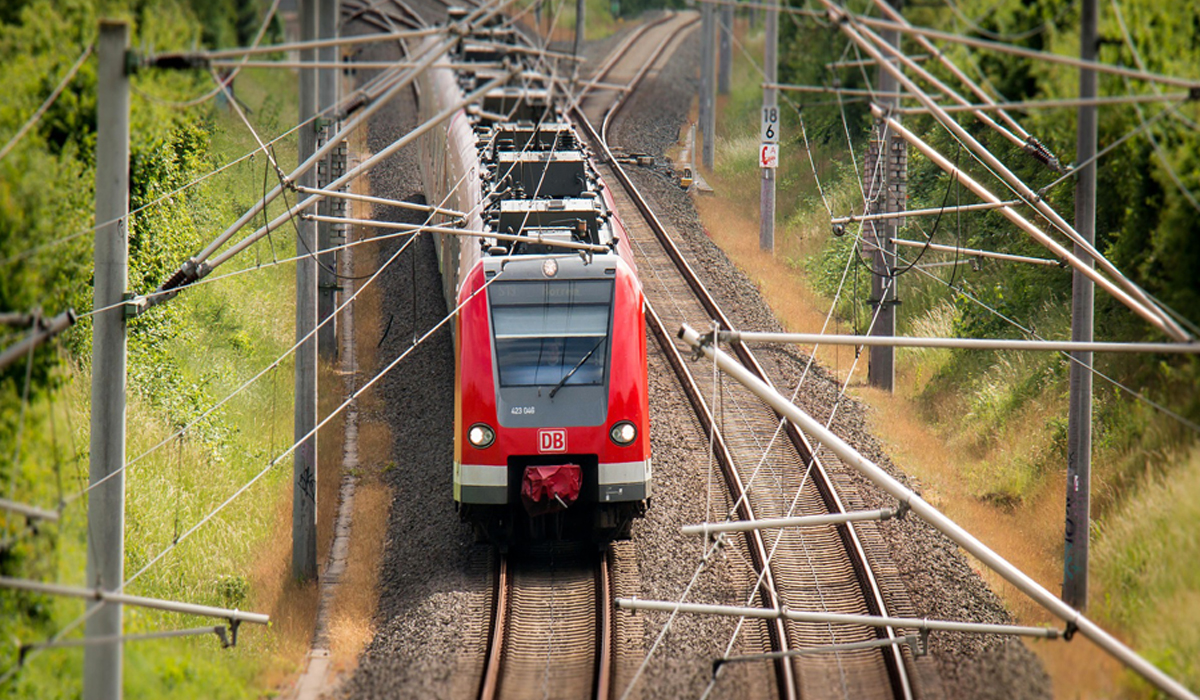The project is based on the development and evolution of the comprehensive Radio Block Center (RBC) critical safety system for high-traffic railways. Informatic device that aims to communicate and transmit vital information to the train with respect to the circulation, allowing the automation of this, without the presence of a machinist.
The RBC provides specific geographical data of the railway and cryptographic codes of the trains that run; In this sense, it determines the location, speed, direction of travel and braking distance. This information allows the RBC / ZONE CONTROLLER to calculate the occupancy area of ??each of the trains running on the track, adjust its speed and avoid unexpected collisions, resulting in the Moving Block (automatic signaling system that defines the sections of safe circulation, in real time, communicating the central signaling system and the signaling system of the train cabin), resulting in an increase in the transit capacity of the railway line. It is worth mentioning that many subway lines are still using the Fix Block (safe braking safety distance in fixed block) system, which is governed by signposted blocks, occupied from the entrance to the train exit, preventing trains from circulating simultaneously within the same physical blocks.
The RBC, along with other systems such as Interlocking or Interlocking (responsible for controlling the different elements that are in the track, such as signals, needles, track circuits, level crossings, detectors, among others), and the Human Machine Interface (System that interacts with the different operators that makes possible the management of railway traffic and knowledge of the status of the different elements and systems that make up the solution), are part of the Communications-Based Train Control (CBTC), automatic system of advanced technology that provides information on the deployment of trains and helps obtain accurate data on their operation in real time.
Buscar
Categorías
Categories
Archivos
Archives
Categories
Archives
Contact us
The information contained in this document is informative in nature about the activities of the company. It contains general aspects and does not express any desire to provide specific third party data. We cannot guarantee that the data provided will be up to date in the near future. In this sense, if there is a willingness to use them, it is recommended to take the content as a reference and carry out its timely verification. For these purposes, we are at your disposal.
Share this article with your contacts!
© Copyright 2023 – Ad Maiorem Consulting. All rights reserved. Ad Maiorem Consulting is a brand that refers to one or more member companies at a global level, each of which is a legal and independent entity in the country in which it is located, without constituting an international company. Ad Maiorem Consulting offers consulting services in technology, engineering and innovation to its clients.
European Regional Development Fund
A way to make Europe






